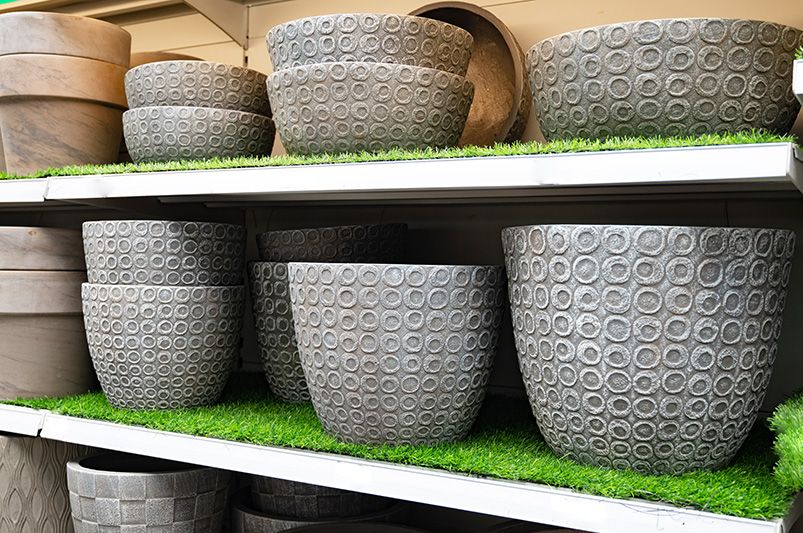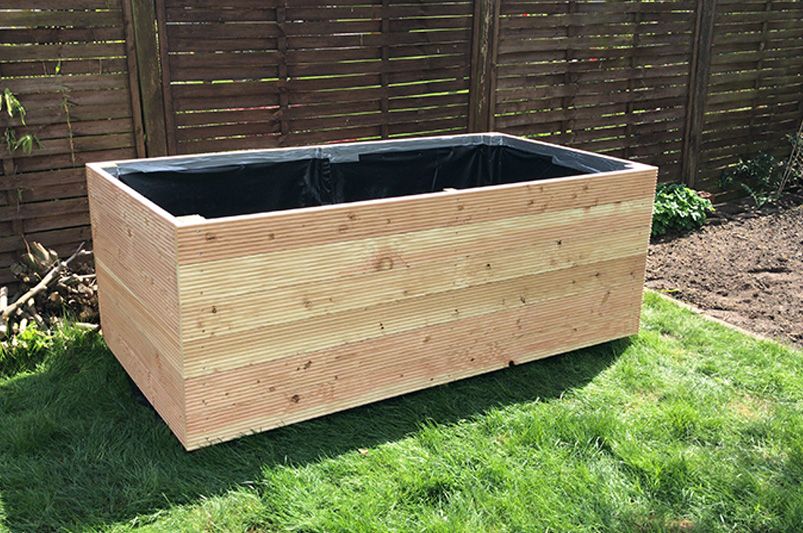
Cold-Weather Container Gardening: Overwintering Plants in Small Yards with Ease
Published: 17/11/2025 | Updated: 17/11/2025
How to Keep Your Potted Plants Alive—and Thriving—All Winter Long
Winter doesn’t have to bring your garden to a standstill. Even if you’re working with a small yard, patio, or balcony, cold-weather container gardening allows you to keep your favorite plants going strong through frosty nights, biting winds, and surprise temperature drops.


The secret?
A smart combination of insulating containers, hardy winter plants, micro-climate placement, and simple plant protection techniques that dramatically increase your success rate.
Whether you want to preserve your seasonal containers, keep herbs growing, or overwinter perennials until spring, this guide will walk you through the exact steps to build a winter-ready container garden.
Why Winter Container Gardening Works—Even in Small Yards
Containers warm up faster during sunny spells, allow precise soil control, and can be moved into sheltered locations. With the right strategy, your containers can become micro-heated safe zones where many plants thrive long past the first frost.
The key advantages:
-
You can easily adjust placement to protect plants during cold snaps.
-
Containers allow better control over soil drainage and insulation.
-
Even small spaces can host multiple containers thanks to vertical staging.
-
Homeowners can create mini micro-climates that stay several degrees warmer.
Small yard or not—you can maintain a garden that stays lively all winter.

1. Choosing the Right Containers for Winter Success
Not all pots are created equal. Some materials crack, some freeze, and others lose heat too quickly. Winter-friendly containers should be:
✔ Freeze-resistant
✔ Durable
✔ Insulating
✔ Large enough to buffer fluctuating temperatures
Best Materials for Winter Containers
Plastic & Fiberglass
Lightweight, flexible, and freeze-resistant. They expand slightly with soil movement, preventing cracking.

Stonecast, Concrete & Resin
More expensive but incredibly resilient. Perfect for exposed patios and windy areas.
Insulated Grow Pots
Specialty pots with built-in insulating layers are great for delicate perennials or borderline-hardy plants.

2. Why Container Size Matters in the Cold
A larger pot = a more stable root environment.
Ideal minimum size:
14 inches deep and wide
This provides:
-
Better insulation
-
Slower temperature swings
-
More space for roots to avoid freezing spots
Smaller pots freeze quickly, dehydrate faster, and expose roots to severe temperature stress.
Pro Tip:
Square or vase-shaped pots allow more space for soil expansion, reducing the risk of cracking during freeze-thaw cycles.
3. Drainage & Elevation: Your Winter Lifelines
Cold + waterlogged soil = root rot.
To prevent this:
✔ Ensure every pot has drainage holes
✔ Use fast-draining soil
✔ Elevate pots using pot feet, pavers, or bricks
✔ Keep containers off frozen ground
Elevating containers prevents soil from absorbing ground frost and keeps roots warmer overall.
4. Protecting Soil & Roots From Freeze Damage
As water freezes, it expands—putting pressure on both soil and container walls.
Here are two highly effective protection techniques:
✔ Use Bubble Wrap Around Interior Pot Walls
Acts as insulation + gives soil room to expand safely.
✔ Insert Nursery Buckets as Liners for Narrow Pots
Creates a flexible internal layer that absorbs pressure.
These small additions dramatically increase container survivability through winter.
5. Selecting Winter-Ready Plants for Container Success
You don’t need to sacrifice beauty or texture during winter. Many plants actually look their best in the cold.
Hardy Evergreens & Conifers
-
Dwarf spruce
-
Japanese maple (potted varieties)
-
Mugo pine
-
Hinoki cypress
These add height, drama, and structure year-round.
Berry-Bearing Plants for Winter Color
-
Winterberry holly
-
Beautyberry
-
Cotoneaster
Their winter berries are showstoppers against snowy backdrops.
Cold-Tolerant Edibles
-
Kale
-
Chard
-
Mustard greens
-
Evergreen herbs like rosemary or thyme
These offer both practicality and winter charm.
6. Creating Micro-Climates in Small Yards
Every outdoor area has pockets of warmer conditions. Use them to your advantage.
Top Micro-Climate Spots for Winter Containers
✔ South-facing walls
Sun exposure boosts warmth.
✔ Near stone, brick, or concrete
Hardscape radiates stored daytime heat.
✔ Protected corners
Windbreaks reduce frost impact dramatically.
✔ Close to heated buildings
Garage walls and home exteriors stay warmer—even in freezing weather.
Tip: Cluster pots together to create a shared heat bubble. Plants insulate each other just like penguins in winter.
7. Watering & Maintenance During Winter
Winter watering requires finesse—too little and roots dry out, too much and they rot.
Follow this schedule:
✔ Water deeply only when soil is dry
Roughly every 1–2 weeks depending on weather.
✔ Water earlier in the day
So plants absorb moisture before nighttime freezes.
✔ Skip fertilizers
Dormant plants don’t benefit from feeding during winter.
8. Overwintering Techniques for Delicate Plants
Some plants aren’t fully hardy but can still survive with help.
Top Protection Techniques
• Frost cloths or breathable plant covers
Shield foliage from windburn and frostbite.
• Wrap pots with burlap or insulation
Keeps the root zone warm and stable.
• Move containers to sheltered zones
Covered porches, cold frames, or inside unheated garages.
• Use mini greenhouses or cloches
Perfect for extra-tender annuals or borderline perennials.
Conclusion
Cold-weather container gardening is far more than a survival tactic—it’s an opportunity to extend your creativity, enjoy year-round interest, and make the most of every inch of your outdoor space.
With the right combination of weather-proof containers, smart placement, hardy winter plants, and protective techniques, your small yard can shine through the coldest months.
Your winter garden doesn’t have to go dormant—it simply evolves.
Ready to transform your winter landscape—even in a small yard?
The ShrubHub design team specializes in personalized cold-weather garden plans, micro-climate mapping, and small-yard container layouts.
Start your Winter Garden Design with ShrubHub Today!
Affordable, custom, and tailored to your climate.
Downloadable PDF – “Cold-Weather Container Gardening Blueprint”
What’s inside:
-
Best insulated containers for winter
-
Micro-climate placement cheat sheet
-
Winter plant protection techniques
-
Top 12 winter container plant varieties
-
Watering + maintenance winter schedule
Download your winter-proof container gardening guide and keep your small yard thriving.
Top 5 FAQs
1. Can container plants really survive freezing temperatures?
Yes—if you choose the right pot size, hardy plant varieties, and place them in sheltered micro-climates.
2. How often should I water container plants in winter?
Usually every 1–2 weeks. Check soil moisture and water only when dry.
3. What type of containers don’t crack in the cold?
Plastic, fiberglass, resin, and stonecast are the most freeze-resistant.
4. Should I fertilize plants during winter?
No. Fertilizer encourages new growth that can be damaged by frost.
5. How do I protect pots from freezing?
Wrap them in insulation, elevate them off the ground, cluster them together, or move them toward warm walls.


